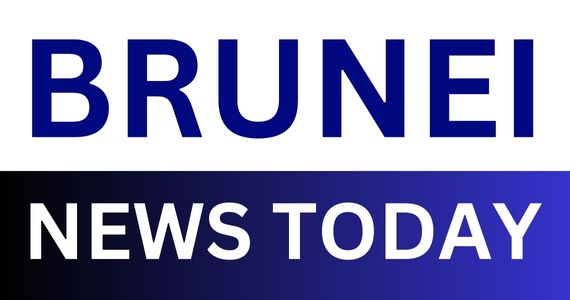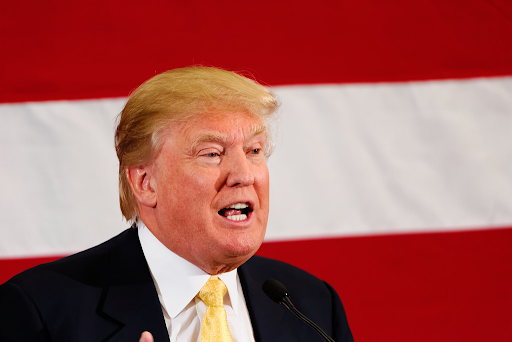President Donald Trump’s new $100,000 annual H-1B visa fee represents an unprecedented financial barrier, dwarfing all previous administrative hurdles and fees associated with the program. This move fundamentally changes the nature of the H-1B visa from a tool for skilled recruitment into a luxury item accessible only to the wealthiest corporations for the most critical of roles.
To understand the scale of this change, one must look at the current system. Employers typically pay a series of fees that can total several thousand dollars for a visa that is valid for an initial period of three years, with a possible extension for another three. This cost, while significant, is manageable for most businesses seeking specialized talent.
The new proclamation obliterates this model. An annual fee of $100,000 means a company would pay up to $600,000 for a single employee over a six-year period, not including legal fees and other costs. This is an increase of more than 100-fold in some cases, creating a cost structure that is simply untenable for the vast majority of employers, especially small and medium-sized enterprises.
The administration has explicitly designed this barrier to be prohibitive. Commerce Secretary Howard Lutnick stated the goal is to force companies to “hire an American” unless the foreign worker is so “valuable to the company and America” that the cost is justified. This effectively ends the H-1B program as a broad-based talent acquisition tool.
Legal experts argue this radical transformation of the program via an executive fee is an overstep of presidential authority. They contend that such a fundamental change to immigration policy must come from Congress. As the business community grapples with this new reality, the policy’s fate will likely be decided in a courtroom, where its legality will be intensely debated.


